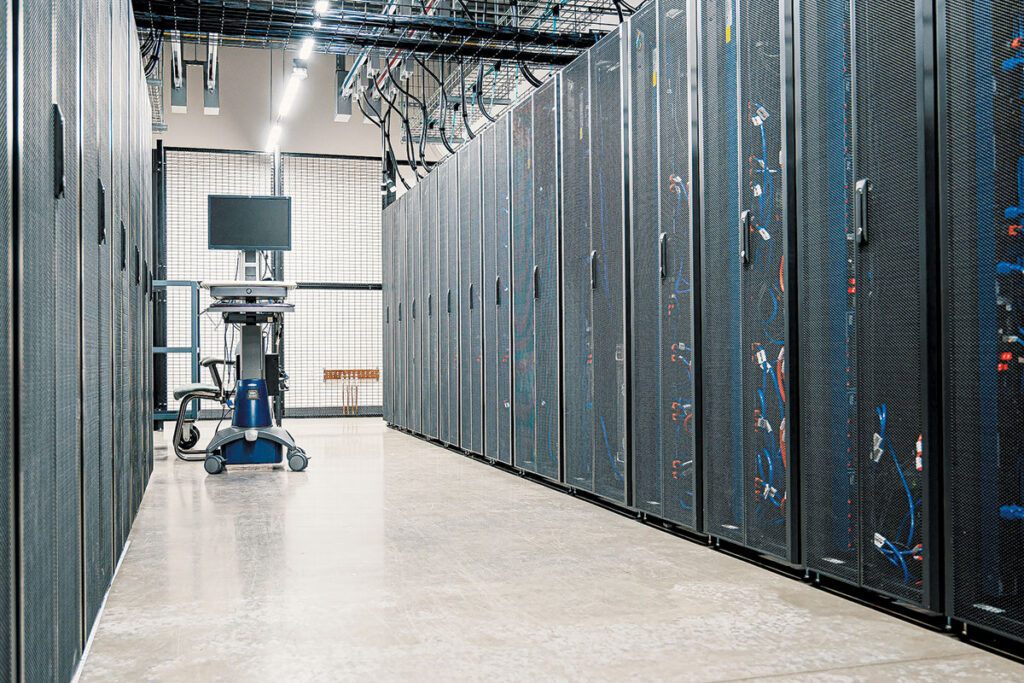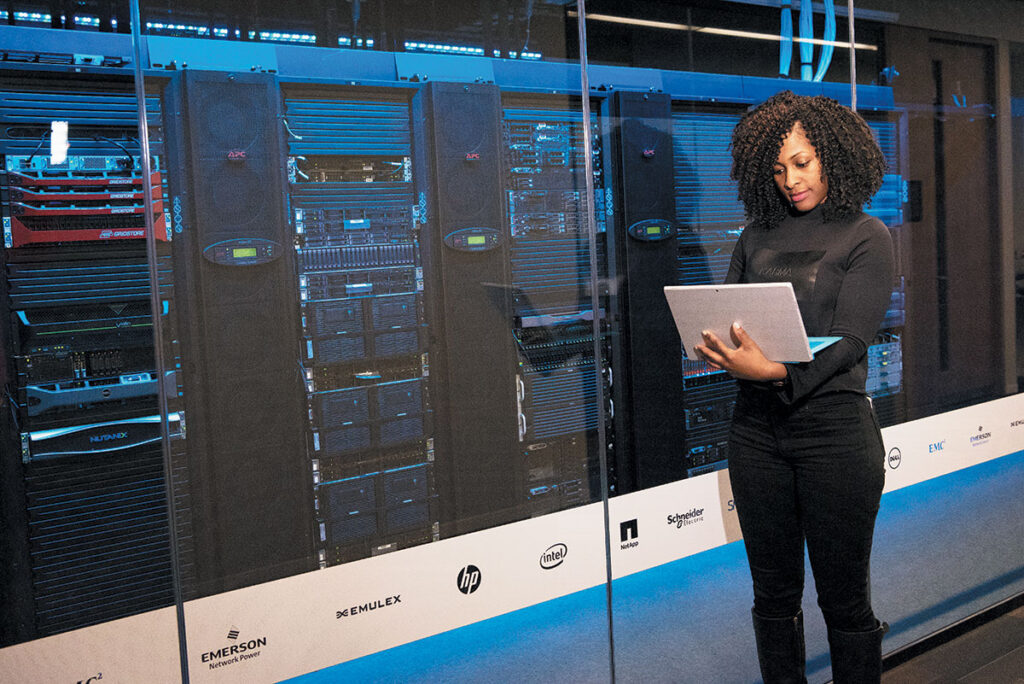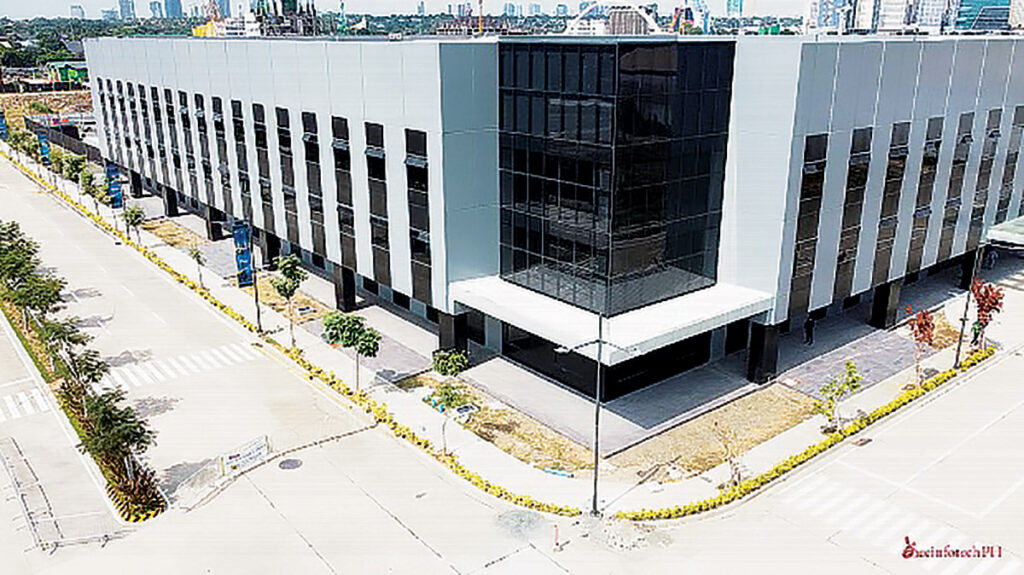In the second part of a series on the rise of data centers in the Philippines, Paul Chua, Colliers Director of Capital Markets & Investment Services, provides a picture of the current state of the sector in the country, a snapshot of the Asia–Pacific data center market, and the sector’s future trends.
The Philippine Data Center is Telco-Dominated
Telecommunication service providers Globe and ePLDT dominate the co-location data center market in the Philippines. Recently, ePLDT broke ground for VITRO Sta. Rosa, its 11th and largest facility nationwide. In April 2021, another telecom company, DITO Telecommunity, announced the construction of its data center in Clark Global City in Mabalacat, Pampanga.
Upcoming locators
A number of local and international data center operators have already pledged their investment or expressed their interest in locating in the Philippines. Singapore-based SpaceDC is investing about $700 million (P36.4 billion) for its 72-MW hyper-scale data center called MNL1 in Cainta, Rizal, while Converge ICT Solutions is constructing its P1.0 billion ($19 million) data center in Cebu to meet the demand for data requirements with the increasing digital services and transactions in the Visayas and Mindanao.
Additionally, the Department of Trade and Industry (DTI) also held meetings with US-based data center developers ENDECGROUP Inc. and Black and Veatch, which are both keen on expanding in the Philippines. These firms have highlighted the country’s strategic location in the Asia–Pacific (APAC) region because of its “existing infrastructure in telecommunications and submarine cables, strong [experience as a] business process outsourcing (BPO) hub, and ability to develop renewable energy to power data infrastructure.”
Apac Data Center Market Snapshot
Data from Research and Markets show that the APAC data center market will receive $94 billion (P4.9 trillion) worth of investments by 2027, growing at a compound annual growth rate (CAGR) of 6.3 percent from 2022 to 2027.
1. Japan
Japan’s data center market is also dominated by telecommunications and global cloud service providers. Notable locators include Fujitsu, Hitachi, Digital Realty, and Equinux. The majority of data centers are in Greater Tokyo while Greater Osaka and Greater Nagoya are also emerging hubs. International Data Corporation (IDC) Japan projects the Japanese data center to reach about 2.9 million square meters (31.2 million square feet) in 2024 from 2.1 million square meters (22.6 million square feet) in 2018.
2. India
Colliers forecasts data center stock in India to grow to 1.8 million square meters (19.4 million square feet) by 2023 from 0.8 million square meters (9.0 million square feet) in 2020 due to rising data consumption. Data from the Reserve Bank of India (RBI) show that data traffic in India will grow at a CAGR of 23 percent from 2018 to 2024. Other demand drivers for data centers include cloud and 5G technology adoption, as well as banking and digital transactions.
3. Hong Kong
Colliers projects the data center space in Hong Kong to grow by 23 percent to 913,900 square meters (9.8 million square feet) in 2023 from 743,000 square meters (8 million square feet) in 2020. Major industries driving demand for data centers are cloud computing, banking and finance, data analytics, and 5G. Among the big players in Hong Kong are technology giants such as Tencent, Baidu, and Alibaba.
4. South Korea
Data center operators in South Korea include Amazon, Microsoft’s Azure, LG, Naver Equinox, and Digital Realty. South Korean data center occupiers prefer data center spaces operated by local companies rather than constructing their own facilities. In our view, data center market expansion in South Korea will likely hinge on the growth of the cloud computing market, Internet of Things (IoT), and e-commerce.

The Future Landscape
1. Data center stock to increase
The Philippines currently ranks second among Southeast Asian countries in terms of data center growth. In 2021, Manila recorded a CAGR of 14.2 percent in revenues, next to Hanoi, Vietnam’s 80.2 percent. Colliers believes that growing cloud service adoption will likely sustain the demand for more data centers in the Philippines. According to data analytics company GlobalData, enterprise spending on cloud services of local enterprises will grow to $2.6 billion (P135.2 billion) in 2024 from $1.8 billion (P93.6 billion) in 2020.
2. Green and sustainable data centers

Data centers are energy-intensive, which can create challenges in achieving sustainability goals. In response, some data center operators have adopted sustainable features such as sourcing their power from renewable energy sources. In our view, the Philippines will be an attractive location for firms looking for hubs with abundant renewable energy sources. The government’s National Renewable Energy Program (NREP), which aims to raise renewable energy’s share of overall power generation to over 35 percent by 2030 and 50 percent by 2040, should lure data center operators who are focused on sustainability. As of 2021, the country’s renewable energy capacity reached 7,617 MW, an increase of 9 percent from 2020. SpaceDC’s upcoming facility is the country’s first green data center and will be fully powered by wind and geothermal energy.
3. Data centers as potential office space occupiers

In our view, the increasing demand for data centers should also positively influence office space absorption in the Philippines. In 2021, Beeinfotech leased the entirety of Campus One office tower in Robinsons’s Bridgetown East township in Pasig City for the establishment of its data center facility called The Hive.
Developers should consider offering more built-to-suit office spaces or redeveloping old office assets in anticipation of the potential growth in the sector.
